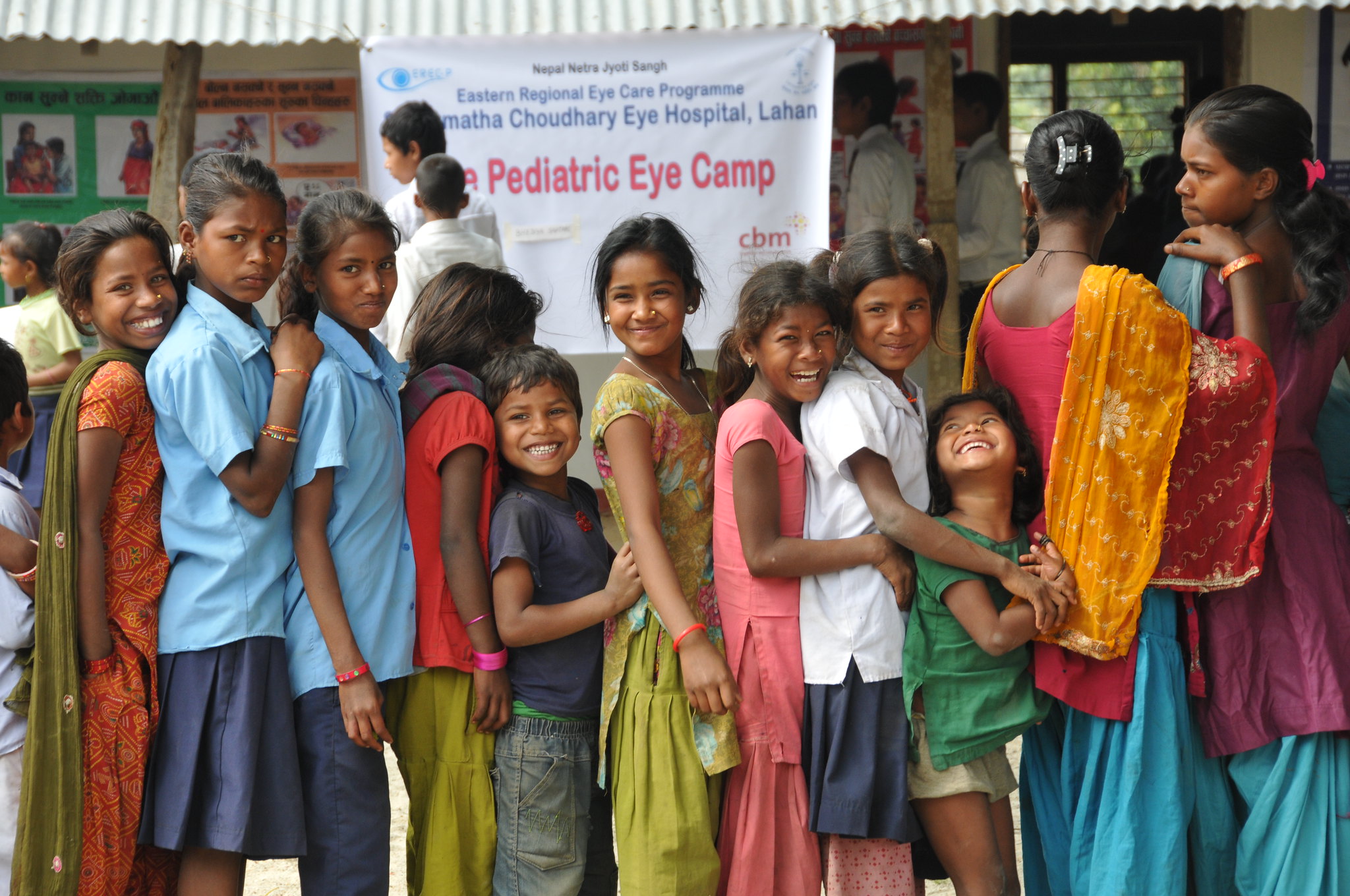WHO’s first World Report on Vision
The first World Report on Vision was launched on World Sight Day on 10 October by the World Health Organisation (WHO) and its eye health partners - International Agency for the Prevention of Blindness (IAPB), Sightsavers and The Fred Hollows Foundation - to address unequal access to eye care globally.
More than 2.2 billion people have a vision impairment, with at least one billion of these cases being preventable or yet to be treated, noted the report. “This burden is not borne equally, it weighs heavily on people from low- and middle-income countries, women, older persons and those from ethnic minorities.”
WHO director Dr Tedros Adhanom Ghebreyesus urged action. “Clearly, we have no choice but to take on this challenge. It is time to make sure that as many people as possible in all countries can see as well as current health technologies and health systems allow.”
The report offers clear proposals to address significant challenges in delivering eye care through existing health systems. It builds on the concerted efforts of the past thirty years to propose an integrated, people-centred eye care that strengthens health systems and meets population needs. The report also frames eye care delivery in the context of achieving Universal Health Coverage (UHC) and the Sustainable Development Goal 3 (“Ensure healthy lives and promote well-being for all at all ages”).
“It is unacceptable that more than a billion people are affected by treatable or avoidable sight loss. And this number is projected to balloon in the coming years, we need to act now,” says IAPB CEO Peter Holland. “In the coming months, we will work with the WHO and IAPB member organisations to advocate for and deliver the World Report’s priorities across the world.”



























